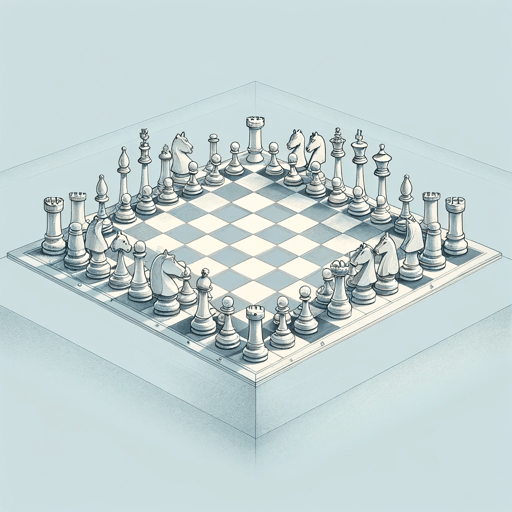65 pages • 2 hours read
Henry KissingerWorld Order: Reflections on the Character of Nations and the Course of History
Nonfiction | Book | Adult | Published in 2014A modern alternative to SparkNotes and CliffsNotes, SuperSummary offers high-quality Study Guides with detailed chapter summaries and analysis of major themes, characters, and more.
Chapter 4Chapter Summaries & Analyses
Chapter 4 Summary: “The United States and Iran: Approaches to Order”
In the fourth chapter of World Order, Kissinger discusses the complex relationship between the United States and Iran as well as Iran’s place in the regional order of the Middle East and North Africa. The author focuses on the following subjects: “The Tradition of Iranian Statecraft,” “The Khomeini Revolution,” “Nuclear Proliferation and Iran,” and “Vision and Reality.” Kissinger believes that this relationship is particularly challenging and, therefore, requires a separate chapter.
What was called Arab Spring in the West, was actually the “Islamic Awakening,” according to Iran’s Ayatollah Ali Khamenei, the Supreme Leader of Iran. It is this awakening that will put an end to centuries of Western domination because “the universal religious principles, not national interests or liberal internationalism, would dominate the new world” (148). However, decisive global actions did not follow this radical declaration.
Kissinger briefly reviews Persian history, in which its imperial project “represented a form of world ordering in which cultural and political assurance played as great a role as traditional military conquests” (149). After this, the author summarizes the Iranian Revolution of 1979. At this time, Iran was in the American sphere of influence and a part of the Westphalian system. It was also a secular state ruled by Shah Reza Pahlavi.
Related Titles
By Henry Kissinger




